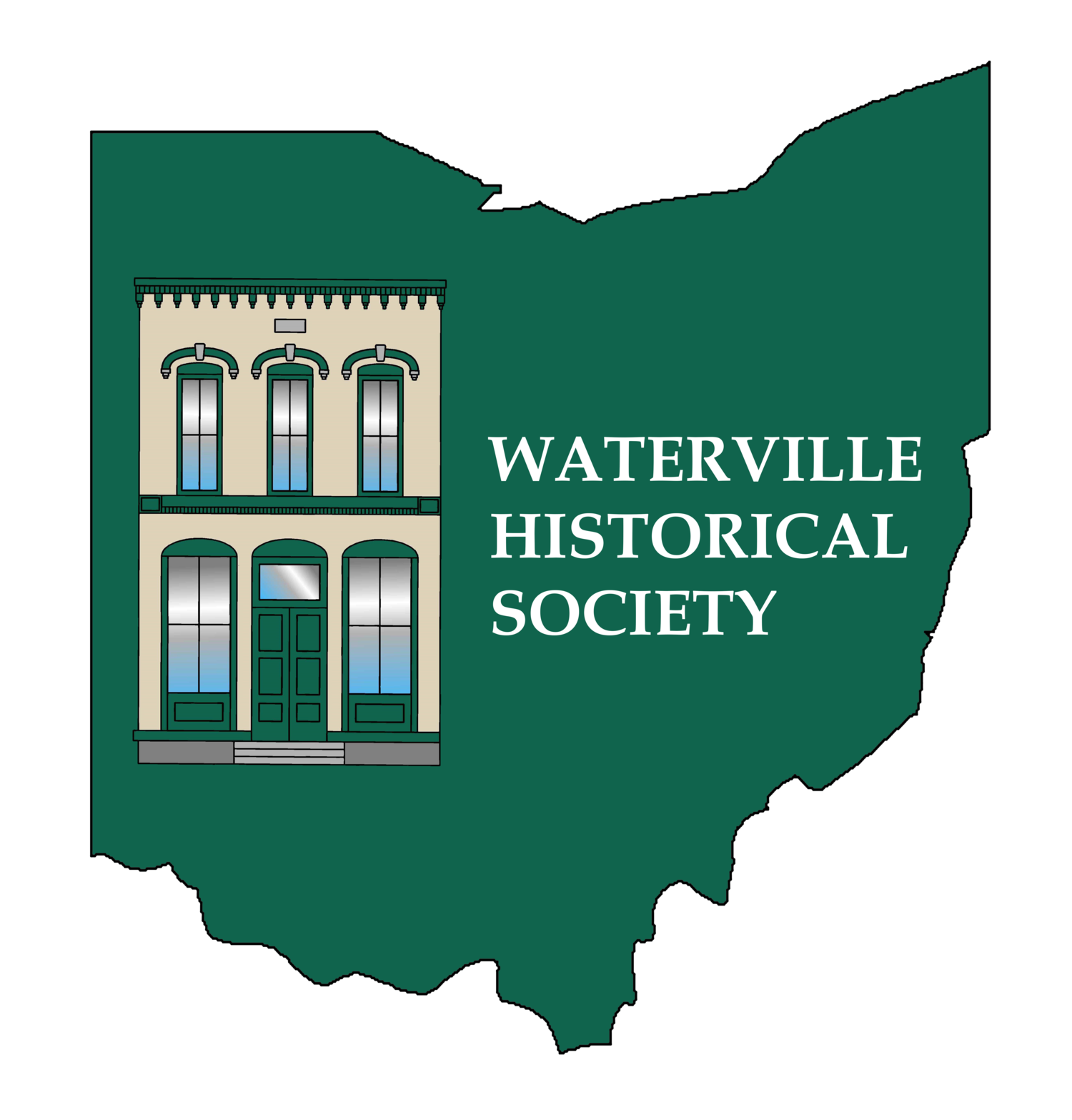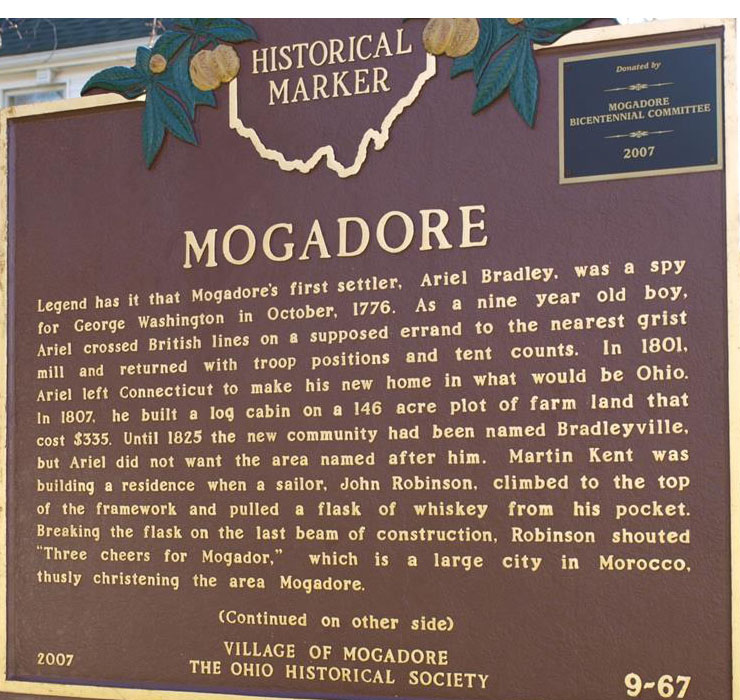The Clark Gourley Post #463 ~ Waterville's American Legion
A Salute to All of Our Veterans
Clark Gourley was the first local serviceman killed during World War I. Robert Clark Gourley was born February 11, 1895 at Van Buren, Ohio. He enlisted in the U.S. Marine Corps in Toledo June 24, 1916 and was shipped to France in June 1917. He saw action in the Aisne and Toulon sectors and died August 8, 1918 from wounds received in the Battle of Belleau Wood. Clark Gourley was buried with full Military Honors in the U.S. Military Cemetery in France. The American Legion movement began at national and state levels in 1919 as the American servicemen returned home from the “War to End All Wars”. The local chapter received its charter from the State organization on October 1, 1920 and chose to honor Clark Gourley’s sacrifice in the chosen name. The first officers were Howard Allion, Harry Witte, Jacob Disher, Eugene Taylor, John Wannamaker, Roy Long and Herbert Winterstien. There are forty names on the Charter Membership Roll which can be viewed at the Wakeman Archival Research Center. The Legion Post met in the upstairs of the old State Savings Bank building at Farnsworth Road and Third Street until 1923 when that building was moved up Third Street where it still stands. They then purchased two portable classroom buildings from the Waterville Schools and had them moved to a lot on Mechanic Street purchased from A.K. Myers. This site remained the Legion home until it was sold in May of 2009. Following World War II the Post decided to drop the Gourley name to better honor all of the fallen and then changed their name to Waterville American Legion Post #463. As Veteran’s day approaches the Legion members everywhere will be preparing to honor all veterans, living, deceased and long ago deceased … and so should we all.

